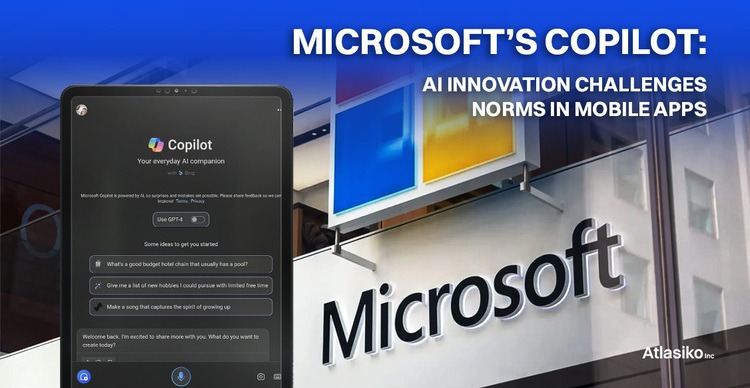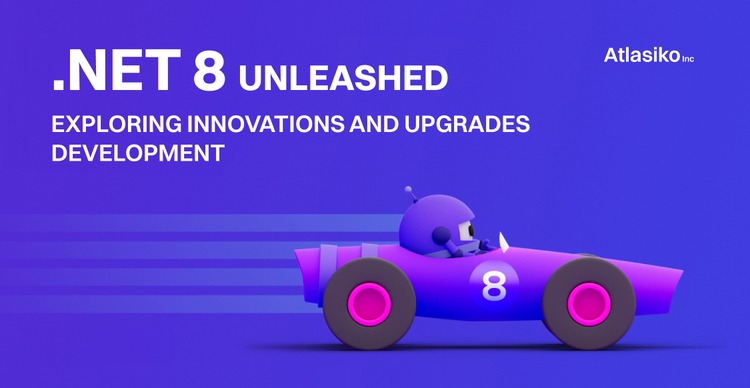In the realm of .NET, the journey from sporadic releases and minimal changes of the past to the dynamic present has been a remarkable one. This evolution began with the parallel development of .NET Core and the .NET Standard base classes, ultimately culminating in the merged .NET framework. The change has heralded a significant shift in the approach to releases.
Today, the .NET community enjoys an annual release cadence aligned with the prestigious .NET Conf event in November. The structure now comprises two distinct support tiers: Standard Term Support (STS) with an 18-month support span and Long Term Support (LTS) boasting an extended three-year support period. The categorization is demarcated by version numbers: even-numbered versions bear the LTS tag, while odd-numbered versions are deemed as STS.
The forthcoming iteration, .NET 8, slated for release in November 2023, is eagerly awaited as an LTS release. For the subsequent two years, .NET 8 is poised to assume the mantle of the default version for numerous organizations. Building upon the substantial changes ushered in by .NET 7, this imminent release not only continues to refine the earlier modifications but also introduces an array of fresh .NET 8 features.
In tandem with .NET's relentless evolution, Microsoft dedicates considerable effort to enhancing the underlying compiler, facilitating the integration of new language capabilities and features, primarily showcased in the latest C# release.
Among the novelties is a noteworthy API that holds particular significance for those engaged in crafting .NET code for cloud-native applications, running seamlessly on platforms like Kubernetes. The latest addition empowers developers to dynamically adjust an application's memory limits using the .NET garbage collector. This breakthrough introduces the potential to scale resource consumption in direct response to fluctuating demand. During periods of reduced demand, applications can gracefully scale down, curtailing the expenditure on redundant resources.
Noteworthy strides have been taken to enhance JSON serialization and deserialization within the .NET ecosystem. A pivotal addition involves the support for novel numeric types, prominently featuring the innovative half-struct. This component implements the IEEE float16 type, proving especially valuable in delivering data to machine learning models. By aligning with floating-point hardware inherent in hardware accelerators, NPUs, and emerging numeric instructions in Intel processors, the integration of half-precision numbers enhances the efficacy of general-purpose GPU computing tools.
Beyond incorporating support for new types, the .NET team has meticulously upgraded its JSON tooling. Fresh API methods facilitate the precise embedding of nodes within a JSON document, complemented by enhancements to overall content management. These enhancements collectively bolster the integrity of JSON documents, reinforcing .NET's pivotal role in cloud-native development where JSON reigns supreme for REST API interactions.
In a sphere marked by constant innovation, .NET introduces provisions for novel randomness-centric tools. Distinct from the conventional random number generator, these tools offer a more direct avenue to harness randomness as a selection mechanism in code. Notably, this feature extends to facilitating the random shuffling of data sets, holding great potential for streamlining machine learning workflows. By facilitating effortless data shuffling, this advancement significantly curtails the risk of bias in model training and testing.
Aligned with the ever-evolving landscape, .NET's evolution extends to the domain of security. A suite of new cryptography tools makes its debut, prominently featuring support for SHA-3 as a robust alternative to SHA-2. This upgrade serves as a proactive measure to align with emerging cryptographic standards, buttressing the security foundations of codebases. Additionally, heightened security measures are observed through the ability to interact with web proxies over HTTPS, bolstering the privacy and confidentiality of connections between applications and the wider internet.
Certain .NET enhancements are intricately tied to advances in silicon technology, rendering them exclusive to specific platforms. Notably, vector acceleration features are built atop the Intel AVX-512 instruction set, delivering enhanced performance on compatible hardware. By introducing a flag to ascertain AVX support, .NET 8 fosters prudent code execution, eschewing the invocation of novel vector instructions on older hardware or on AMD and Arm processors.
While welcoming innovations, it's vital to address .NET 8's disruptive transformations. Most of these changes are expected, representing planned deprecations or infrastructure refinements. These potential challenges are mitigated by available workarounds, ensuring a smooth transition where code modifications are required.
Amidst .NET's expanding horizons, the bundled container images emerge as an arena of significant shifts. These shifts, predominantly attributed to upgraded host Linux distributions and efficiency enhancements, notably impact the Alpine images. Devoid of Kerberos support and altered certificate storage locations, these changes collectively amass into more streamlined and bandwidth-efficient container images, promising tangible gains throughout Kubernetes application lifecycles.
Further insights are gleaned from a meticulous reassessment of .NET's dependencies on shared libraries. Opting for a judicious approach, extraneous libraries are omitted, a practice that solidifies security while influencing code execution within the same container.
In the landscape of Windows Forms implementation, .NET 8 brings forth pivotal alterations. The methodology of pixel scaling has undergone a transformation, necessitating comprehensive UI testing before the deployment of new builds. Although form code remains resilient, UI display may suffer setbacks, impairing user experiences. The adaptation serves the cause of accommodating high DPI screens and aligning forms with diverse scaling requirements.







